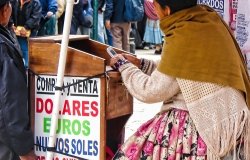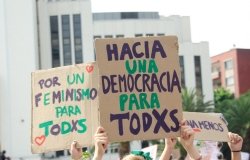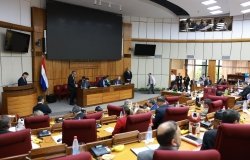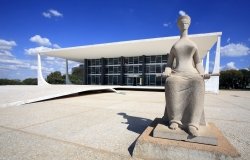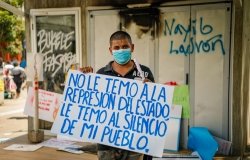
A blog of the Latin America Program
Panama’s Supreme Court Experiment
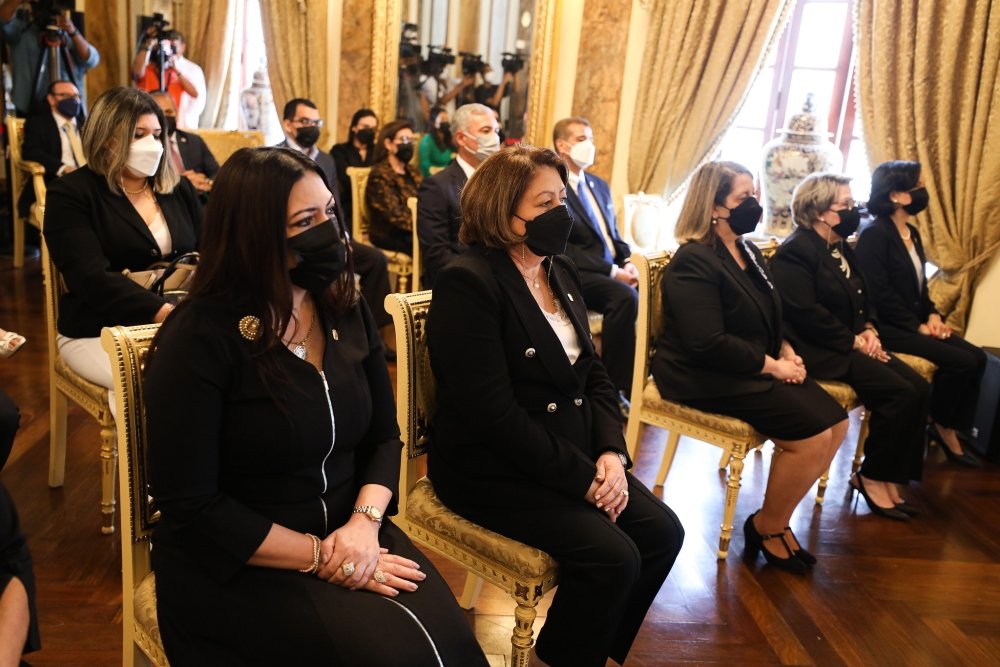
Organo Judicial de Panama, Flickr
Today is International Day of Women Judges, a holiday designed to draw attention to the extreme underrepresentation of women on high courts. It is an issue that deserves far greater attention in Latin America, where female justices are rare. Except in Panama, that is. There, President Laurentino Cortizo has begun a little-noticed experiment, quietly revamping the country’s judicial branch by building a majority-female Supreme Court.
The Panamanian judiciary has long been plagued by allegations of corruption and inefficiency. Cortizo had a unique opportunity to improve the country’s justice system by filling six of the high court’s nine seats. His nominees were all women, including for chief justice.
Cortizo’s cabinet includes prominent women, such as Foreign Minister Janaina Tewaney. But his judicial appointments stand out, given the global and regional struggle for gender parity on the bench. For that reason, the performance of Panama’s new court could have wide-reaching impacts by showcasing the value of gender diversity in the judiciary.
His judicial appointments stand out, given the global and regional struggle for gender parity on the bench.”
Women have had few opportunities to demonstrate the value of gender diversity on the high court, particularly in Latin America. In 2021, fewer than one-third of high court justices in the region were women, according to the Organization for Economic Cooperation and Development. That was a significant increase from the 1990s, when women held just five percent of high court seats, but still miles away from gender parity. Some countries have made meaningful achievements. Mexico, for example, passed a constitutional reform in 2018 to promote gender parity in the judiciary. Argentina, on the other hand, though known for its regional leadership on reproductive rights and gender parity in congress, does not have a single female justice on its Supreme Court.
In 2021, fewer than one-third of high court justices in the region were women.”
It remains to be seen whether the new female justices improve the rule of law in Panama and the reputation of the judiciary. But undoubtedly, the system was in need of a shake-up. Panama ranked 101 out of 180 counties in Transparency International’s Corruption Perceptions Index in 2022, following years of little progress. Among the reasons for Panama’s troubled image are high-profile cases of bribery, misuse of public funds and nepotism, including multiple investigations into former President Ricardo Martinelli. Panama’s struggles with corruption have serious impacts on its investment climate. The country, for example, is on the global Financial Action Task Force “grey list,” reflecting inadequate efforts to combat money laundering.
It remains to be seen whether the new female justices improve the rule of law in Panama and the reputation of the judiciary.”
So far, it appears Cortizo’s reform have begun to make a difference. Surveys show that 37 percent of Panamanians see the judicial system as corrupt, down from 56 percent in 2012. To further improve the court’s performance and image, the new chief justice, María Eugenia López Arias, plans to guarantee a merit-based system for judicial hiring, fight for a larger budget to upgrade technology, and centralize judicial services in a “Ciudad Judicial” to make Panama’s courts faster.
Unlike the lifetime tenure in the United States, Supreme Court justices in Panama serve just ten-year terms. That ticking clock has given the new justices a sense of urgency, as they attempt to rebuild public confidence in the judiciary – and demonstrate the importance of elevating women to the high court.
About the Author


Latin America Program
The Wilson Center’s prestigious Latin America Program provides non-partisan expertise to a broad community of decision makers in the United States and Latin America on critical policy issues facing the Hemisphere. The Program provides insightful and actionable research for policymakers, private sector leaders, journalists, and public intellectuals in the United States and Latin America. To bridge the gap between scholarship and policy action, it fosters new inquiry, sponsors high-level public and private meetings among multiple stakeholders, and explores policy options to improve outcomes for citizens throughout the Americas. Drawing on the Wilson Center’s strength as the nation’s key non-partisan policy forum, the Program serves as a trusted source of analysis and a vital point of contact between the worlds of scholarship and action. Read more



